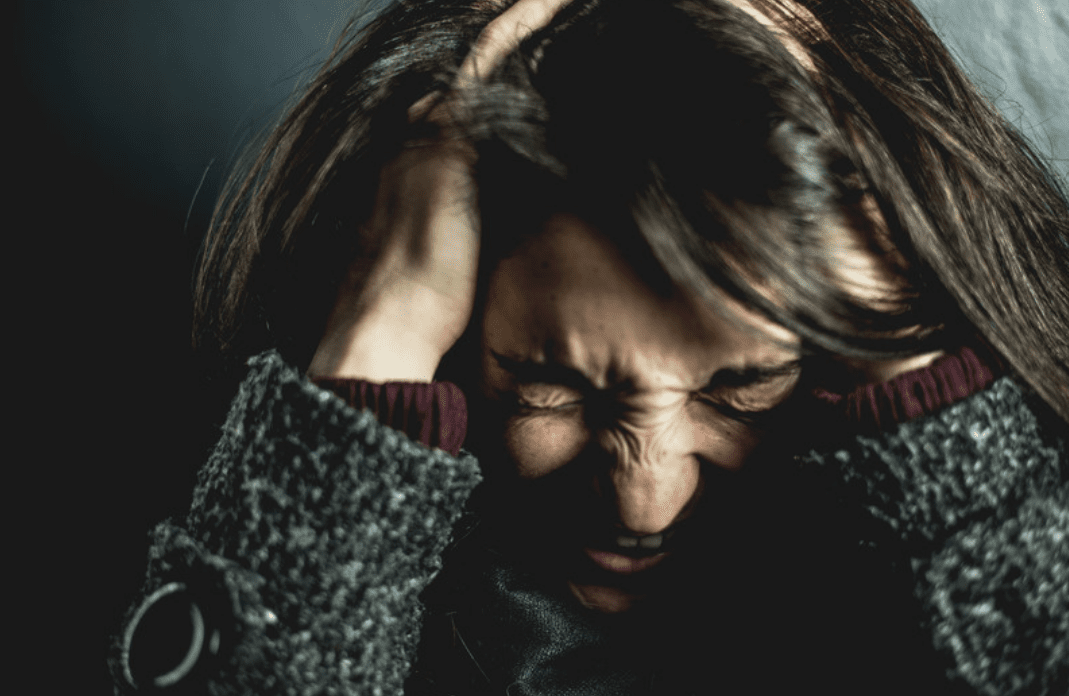Physical Signs of Meth Addiction
Anyone who has watched the tv show Breaking Bad is probably familiar with the physical signs of methamphetamine (“meth”) addiction. There are many scenes in the show that accurately depict the appearance and behavior of those who have engaged in prolonged abuse of meth.
Meth Mouth
Meth mouth is one of the more well-known signs of a person who has been abusing meth. People who abuse meth specifically by smoking the substance commonly referred to as “crystal meth” are susceptible to this physical sign of meth abuse.
Those with meth mouths tend to have teeth that are:
- Discolored, often greenish
- Rotting
- Missing
- Loose
- Sores, wounds, abscesses
People who abuse meth often have physical health complications that can alter their appearance. For example, your face and jaw become sunken when you are missing teeth.
In general, abuse of meth has the effect of speeding up the physical appearance of aging. This is partly because smoking meth causes permanent skin damage. Many individuals who have meth addictions report the terrifying experience of parasitosis. Parasitosis is a sensation that something is crawling on the surface of or under your skin. This is commonly referred to as “meth bugs”. As a result, those who abuse meth have the compulsion to scratch and pick at their skin leaving open sores and wounds.
What is in Meth?
Not unlike cigarettes, meth contains a variety of chemicals none of which you would deliberately want to put into your body. Meth that is made in a lab may have different chemicals than homemade meth but they all contain dangerous and toxic products. Examples include:
- Toluene
- Hydrochloric acid
- Acetone
- Lye
- Lighter fluid
- Antifreeze
- Red phosphorous
Partly because of the harmful chemicals in meth, one in three users report having symptoms associated with “meth mouth”. This includes broken teeth, extreme tooth decay, loss of teeth, and other mouth and jaw-related health issues.
Sores from scratching are reported by about a third of meth users. Those who snort meth are, over time, likely to have damaged nasal passageways. Those who inject meth will likely have sores or infections at the injection sites.
Weight Loss
Weight loss, especially sudden and rapid weight loss, is a common sign that a person is abusing meth or has recently relapsed. Meth, like other amphetamines, is an appetite suppressant. Many, especially women, begin abusing meth and other amphetamines because of this side effect. Prescription medications like Adderall and Ritalin can be a gateway to abusing drugs like meth and cocaine.
Who Is Most At Risk For Meth Abuse?
According to studies, there are more than two million people in the United States who are actively abusing meth every year.
It might surprise you to learn that those who are 12 to 17 years of age are at risk. More than 40,000 teenagers and adolescents are reported to abuse meth.
The largest demographic group that is known to abuse meth are those between the ages of 18 to 26.
How is Meth Abused?
Meth is most commonly smoked. The second most common way to abuse meth is by snorting the drug nasally. Intravenous and oral doses are somewhat less common.
Why is Meth So Addictive?
Meth produces a short-lived high. The result is that those who abuse meth are encouraged to go on binges in order to avoid a “crash”. Not unlike those who abuse cocaine and crack, those who abuse meth tend to use the drug repeatedly over a period of many hours and stay awake for unreasonable lengths of time. This prolonged sleep deprivation is extremely unhealthy and has lasting negative consequences.
What are the Early Signs of Meth Addiction?
Unusual bursts of energy
People who are abusing meth will often show signs of increased energy, euphoria, and excitement for abnormal periods of time. You may notice signs of insomnia or sleeplessness. Meth often prevents users from sleeping and causes feelings of alertness that are associated with feeling jittery, restless, agitated, or nervous.
Rapid weight loss
Meth abuse is associated with loss of appetite and this can lead to sudden weight loss. Meth binges result in poor nutrition as someone may go long periods of time without eating. Eating disorders are common co-occurring issues for those with a meth addiction. As with any addiction, those who abuse meth may be in need of a dual diagnosis for an undiagnosed mental health issue.
Mood swings
The cycle of meth abuse results in mood instability. Individuals with a meth addiction flip-flop from being full of energy and euphoric to anxious, angry, and aggressive.
More common signs of meth abuse
Those who abuse meth tend to have certain tells that can be more obvious than other drugs. Examples include:
- Staying awake for unusually long periods of time
- Being awake at odd hours
- Unconventional behavior
- Odd behavior at odd hours
- Teeth issues associated with “meth mouth”
- Skin sores
- Aggressive or violent outbursts
- Mood swings
- Tremors or shakiness
- Grinding teeth
- Rapid breathing
- Extremely pale skin
- Sunken eyes
- Exaggerated mannerisms
- Rapid weight loss
- Paranoia
- Delusions
- Hallucinations
A person who is withdrawing from meth is likely to have: headaches, experience extreme fatigue, sleep issues, anxiety, and depression.
Breaking the Cycle of Meth Abuse
The first step to breaking the cycle of abuse is to cease abusing meth. Withdrawal from meth is difficult and inpatient detox may be a wise choice. In a medically-supervised setting, you know that doctors are available 24/7 in case medical intervention is necessary. Once a person has detoxed from meth, it’s possible to determine your current natural state of wellbeing. At this stage, consulting with both medical doctors and mental health counselors can help you create a strategy for a path forward.
During meth withdrawal, you can expect to have at least some of the following common symptoms:
- Powerful cravings
- Intense fatigue
- Sleep issues
- Headaches
- Anxiety
- Paranoia
- Tremors or muscle spasms
While withdrawing from meth, it’s important to engage in self-care to ease the process and to prevent additional physical and psychological issues. Staying hydrated, getting enough sleep, and establishing a healthy diet are all part of improving overall wellbeing.
Many who abuse substances have underlying mental health conditions. Long-term abuse of meth causes mental health disorders as well as physical health issues. In order to create a positive future in sober life, it’s important to address both the mental and physical aspects of your health.
Contact Oasis Recovery Today to Stop Meth Abuse
Meth addiction causes irreversible consequences after prolonged abuse. If you or someone you know is abusing meth, we encourage you to have an intervention as soon as possible. That being said, it’s never too late to find lasting recovery. Our medical doctors and mental health counselors can work with you to develop a treatment plan based on your particular circumstances. Contact us today to speak with a specialist about meth addiction treatment and recovery options.










